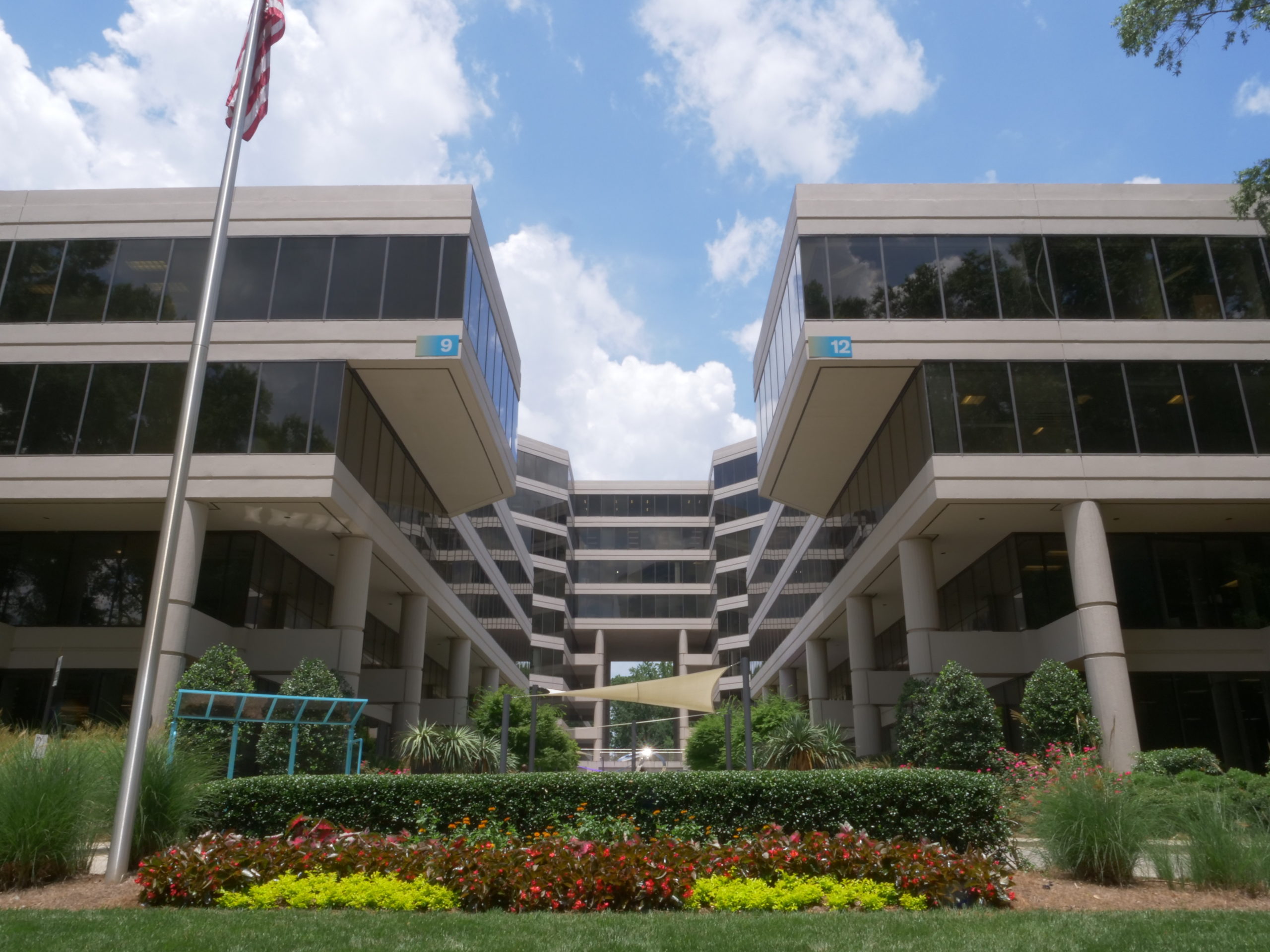
As a planet, we recently broke a temperature record with the world’s hottest June ever recorded. June also marked the 414th consecutive month where temperatures exceeded the 20th Century average – and climate experts predict that July will follow suit and break its heat records as well.
In other words, it’s really hot and getting hotter.
As a commercial building manager, you either have the option of adjusting your budget to allow for higher cooling costs this summer and beyond… or you can make a change that will keep costs down, as well as improve your long-term corporate sustainability.
Let’s talk about energy-efficient options for your building, specifically about solar window film and building energy modeling.
What Can Modern Solar Window Film Do?
The question should really be, “What can’t solar film do?” because these days, window film is pretty impressive stuff.
As summers get hotter, many smart business owners are finding new ways to keep buildings and employees cool without increasing energy costs. This is where the advanced technology of solar window film really gets the opportunity to shine. (Excuse the pun.)
Here’s a small sampling of what you can expect of modern solar film solutions:
- Daylight Redirecting Film
3M Daylight Redirecting Film relies on cutting-edge micro-structured prisms to physically redirect the natural light of the sun into your building, so you can reduce heat gain and lower your electric lighting costs.
- Spectrally Select Films (3M Prestige series)
3M Prestige series solar films are less reflective than glass, due to the fact that there’s no metal in their construction. The patented construction allows these films to outperform interior applied silver films on dual-pane glass while allowing in more natural light and not impeding views. This unique construction also will not affect 5G signal, thus they are future proof!
- Ceramic Film
Ceramic window film, such as 3M Sun Control Window Film, provides crystal-clear views along with outstanding protection from solar heat gain and harmful UV rays that can fade and damage products inside your building. Ultra clear solar film IS possible!
- Dual Reflective Film
Dual Reflective Film is scientifically designed to give you the advantages of solar window film (reduced heat and glare) while preserving the aesthetic beauty of your building and its views, day and night.
- Low Emissivity (Low E) Film
Films like 3M Thinsulate offer performance that rivals a full window replacement, with much lower costs. This type of film provides a thermal layer that reduces both heating and cooling expenditures.
Remember, this list contains only a few of the many window film products that can help your business save money and increase employee productivity during the summertime heat. If you’re curious about the rest of your options, just ask the window film experts at NGS!
Not Sure What Kind of Solar Film Solution Would Fit Your Needs Best? You’re Not Alone.
Considering the technological advancements that film has achieved in the past few decades, very few individuals outside the glass film industry understand the subtle shadings (another pun!) between their options.
That’s why NGS offers building energy modeling assessments.
What Are Building Energy Modeling Assessments?
Our technological world is pretty amazing. Building energy modeling is a comprehensive energy expenditure prediction tool run by a powerful computer modeling program. It’s built to help you understand how your energy costs would change with various solar window film solutions.
An energy assessment helps you see the real-life impact of various energy-efficient film solutions on a realistic 3D rendering of your building – and it also lets you mix and match film, so you can find the best, most cost-effective options for your needs before spending a penny on solar window film.
Climate predictions state that we’ll be in for many more hot summers in the years to come, but with solar film and energy modeling from NGS, you’ll be prepared to beat the heat.
Check out the case study on Sutter Health hospital in San Francisco to find out why energy service companies (ESCOs) entrust their energy modeling projects to NGS for the best results.


